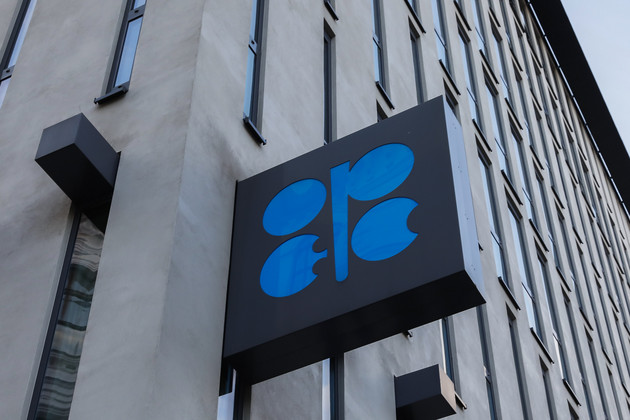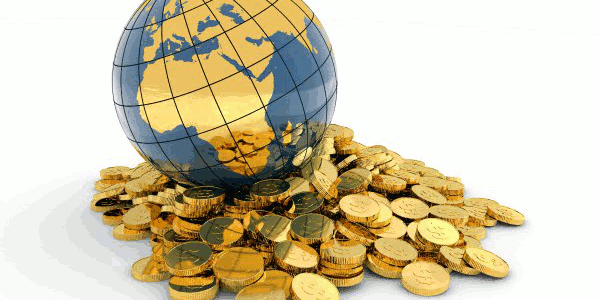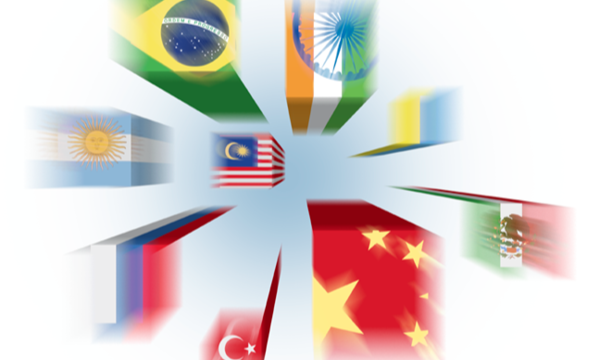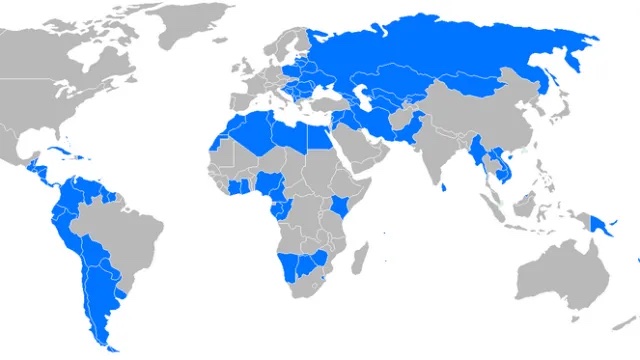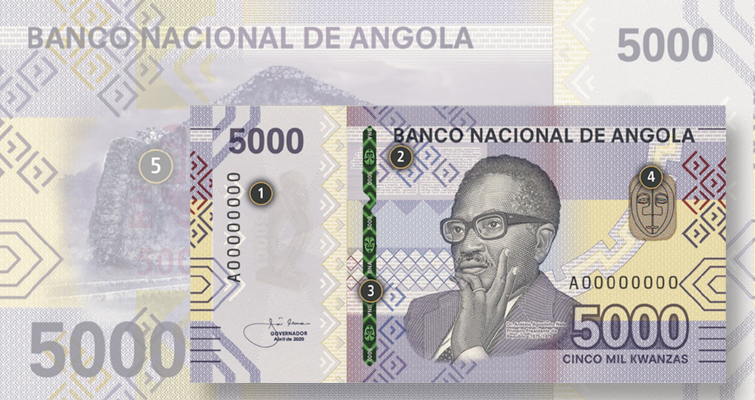While the US ranks as the world’s largest dental market, the country which truly outspends the rest of the world on oral care products is actually Brazil. In an exclusive interview, Lazard Asset Management’s consumer analyst Dennis Neveling explained to Emerging Market Views Brazilians fork over four times the amount of money that American consumers spend for an attractive smile.
“In Brazil, the per capita spending in USD on oral care is approximately $13 versus $17 in the US,” Neveling said.
Despite the lower figure for Brazil, Neveling explained that “when you think about the disposable income of Brazilians and adjust the dollar spending number and adjust for the disposable income that [Braillizians] have, and compare that to the US. They spend four times as much on oral care than the US.”
Data shows once disposable income of Brazilians is adjusted, the percentage of income that Brazilians allocate for oral care quadruples, amounting to an astounding 0.13 percent as opposed to 0.03 percent in the US. Neveling explained a few reasons behind the high spending on oral care by examining the brushing frequency.
Inclusivity, And a Nationwide Campaign
High spending by Brazilians piques curiosity and begs the ultimate question: Why do Brazilians care so deeply about their oral health?
“In Brazil, people believe that a beautiful smile increases the chances of one’s social inclusivity. According to data that we have collected, mouth and oral hygiene of people who are socially included are much better than the ones who are not,” Dr. Gilberto Alfredo Pucca Junior told Emerging Market Views. “As a result, there’s a level of dental hygiene and dental security that follows”.
Dr. Pucca is a dentist and researcher at the University of Brasília. He is also the coordinator of Brazil’s national campaign ‘Brasil Sorridente’ or ‘Smiling Brazil’ which advocates for good dental health.
He further elaborated that the government took the importance of social inclusivity into account and launched Brasil Sorridente in 2004. With that, oral care has been incorporated into Brazil’s public healthcare system in order to tackle health inequalities. Since its implementation, the program has been a huge success. Indeed, 44 percent of children under the age of 12 are free of cavities!
Dr. Pucca adds that the government only allocates about R$5 million or $1.2 million a year, which shows the affordability of carrying out such a nationwide program.
Growth Also Exists Elsewhere
Brazil ranks as the 4th largest oral hygiene market in the world, trailing behind the United States, China, and Japan in respective order.
So should investors turn to Brazil’s dental market? Lazard’s Neveling cautioned that “once per capita disposable income approaches around $10,000, the consumption curve flattens.” He adds this is not a problem for the category globally, “as around 60 percent of the global population still only brushes less than 1 time a day, but in a country like Brazil, it means that the growth opportunity is limited.”
However, all hope is not lost. Neveling explains category growth for Latin American countries including Mexico, Colombia, Peru has been consistently positive due to low per capita consumption and lower brushing frequency. “In these countries, the category still benefits from an increase in brushing frequency and up-trading within the category from basic anti-cavity toothpaste to more advanced offerings that have other benefits like teeth whitening,” emphasized Neveling.
Ultimately, this highlights the fact that while emerging markets drive more than 80 percent of the growth of global consumer staples growth, not every category including oral care, or regions, offer a guaranteed strong return on investment.

